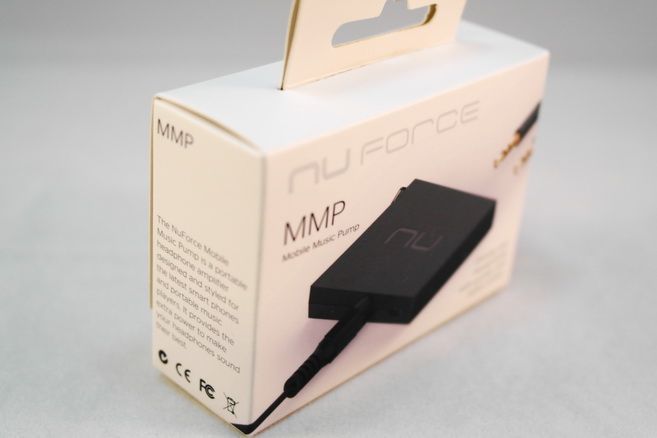
Spec
Audio Input: 1 x 3.5 mm
Headphone Output: 2 x 3.5 mm
Gain: 3X or 5X, selectable by user
THD+N: 0.09% @ 1 mW / 0.45% @ 32 mW
S/N Ratio: over 100 dB, 20 – 20 kHz A-Weighted
Frequency Response: 20 – 20 kHz +/- 1.5 dB
Max Output: 94 mW @ 32 ohm, 1.74 V, 10% THD+N / 49.2 mW @ 100 ohm, 2.2 V, 10% THD+N
Battery Life: over 8 hours, Rechargeable over microUSB port.
Battery Capacity: 200mAh
Charging time: 70 mins
Dimensions: 58.2 x 47.7 x 10 mm
Weight: 22g
MSRP: US$60
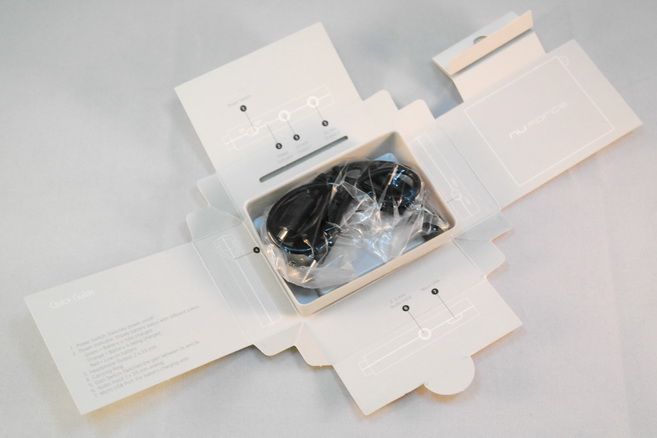

Accessories and Build Quality
MMP comes in a nice packaging that has some sort of an origami design. There are only two accessories to speak of - a short microUSB cable for recharging and a 3.5mm interconnecting cable.
The amp itself is fully plastic but appears to be fairly well built. The case is glued tight shut with a matte finishing, and nothing really spectacular to speak of. There is one 3.5mm input and two 3.5mm output, so it is possible for two headphone user to listen to the same source. However, be prepared to accept different loudness if the two of you are not using the same model of headphone or at least similar in sensitivity rating. There is a dedicated power switch and a power LED, which is great as I don’t really prefer amp that turn on/off automatically when headphone is inserted / unplugged. There is also a gain switch for selecting either a 3X or 5X gain. Both switches are slightly recessed so it is unlikely they will be flipped accidentally. That’s actually quite a nice touch.
Gain, Hiss and EMI
As mentioned, the MMP has two selectable gain settings, 3X and 5X, which is roughly equal to +10dB and +14dB in measurement. The amp itself doesn’t hiss at all, but has the tendency to pick up hiss from the source. So either you have to use a very clean sounding source, which is probably not quite practical, or avoid using hiss prone headphone. There is some audible EMI, which isn’t particularly bad but certainly isn’t particularly good either.
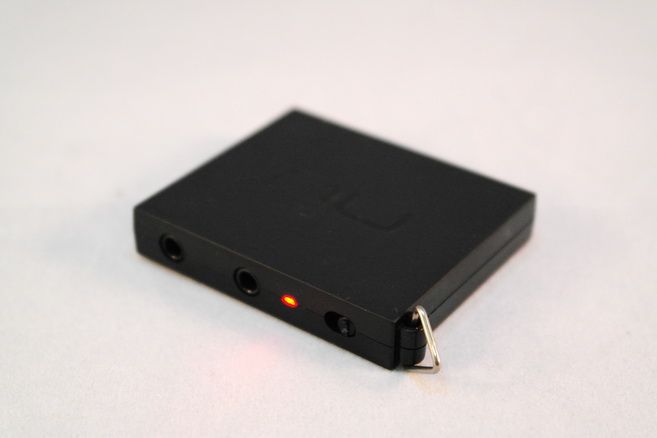
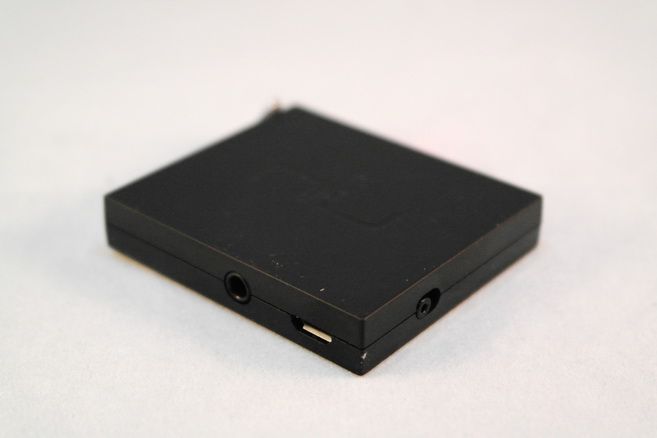
Sound Quality
As usual, some basic measurements have been carried and the result is actually pretty close to NuForce’s published spec. First, there is a very tiny bit of roll-off over the 10kHz that should be of no concern audibly. There is also a -1dB roll-off from 100Hz to 20Hz in low gain and it increases to -2.5dB in high gain. As high gain also measured noisier than low gain, my advice is to stick to low gain as much as possible. RMAA result seems to confirm, or at least put the number fairly close to NuForce’s own number. As far as the result is concerned, it is slightly noisier than other similar ultra-portable I have measured, but remain well under the 1% threshold. I would speculate that the worsen number has something to do with the relatively high level of gain on the MMP. Output impedance is measured and calculated to be just under 0.4ohm. Current output is slightly on the low side but should be plenty enough for most headphones that don't have a very low impedance.All and all, MMP is best suited for either a weak source or headphone with slightly higher impedance.
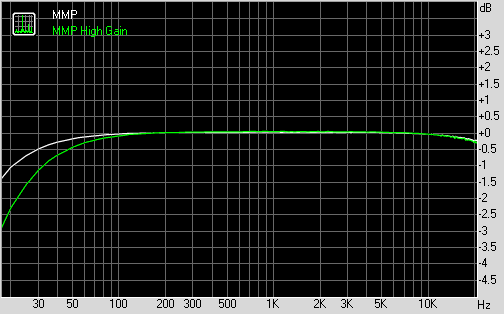
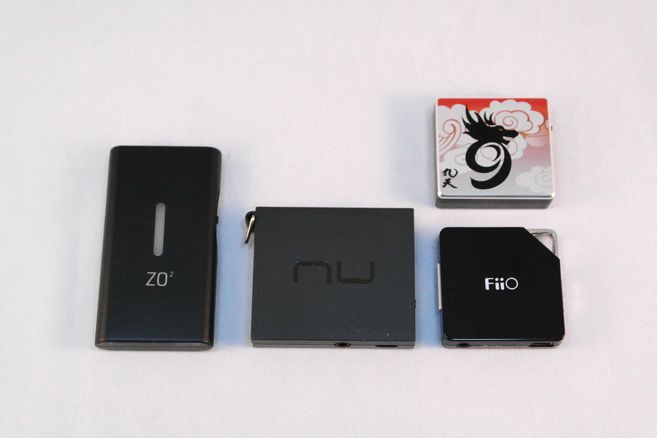
Size comparison (from left): digiZoid ZO2.3, MMP, FireStone Audio Fireye Mini+, FiiO E6
Sum-up
On its own, MMP stands to be quite a decent amp but lacks a decisive advantage over the competition. While nothing is wrong on the amp, it is also hard to point out any unique strength that will set it apart. Regardless, MMP is still a solid product among a sea of similar products.
A thank to NuForce for the sample.





